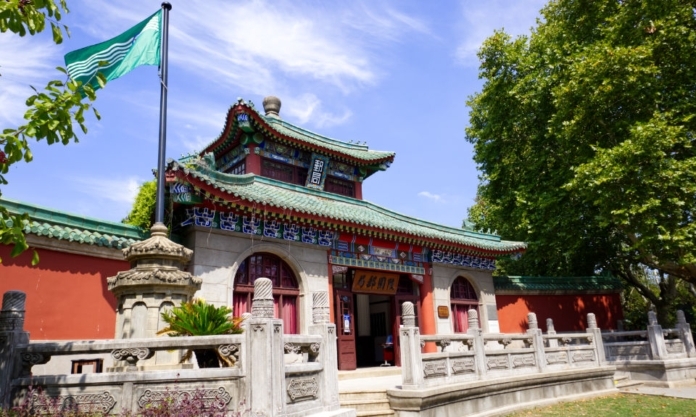Thinking of things to do over the National Day holiday in Nanjing? How about some culture with a twist? At least one of these museums should appeal to all, with “unusual” and “lesser known” our watchwords for this list of 10 attractions in Nanjing.
Readers should note that the reservation telephone numbers listed are also for enquiries as to how and where to make reservations (e.g. Dianping), together with the latest epidemic-prevention requirements. Unless stated otherwise, the museums are open every day from 09:00 to 17:00, with final admissions at 16:30.
Before we get started, a few words about the museum scene in Nanjing.
On one level, there are the big guns. The Nanjing Museum (one of only three national-level museums in China; the others being in Beijing and Taipei) stands as testament to the virtual obsession by authorities with the city’s long history that has also led to the demise of other cultural forms, such as contemporary art. Those and the art museums, such as the Jiangsu Provincial Art Museum, are a reflection of mainstream tastes which still favour traditional calligraphy and painting.
But as stated, our focus today is on another level; the unusual and lesser known (The Nanjinger’s favourite word is “quirky”). Some museums featured herein are positively tiny, others prospectively downright scary. But all provide for an insightful afternoon out in Nanjing over National Day.
Let’s get started.
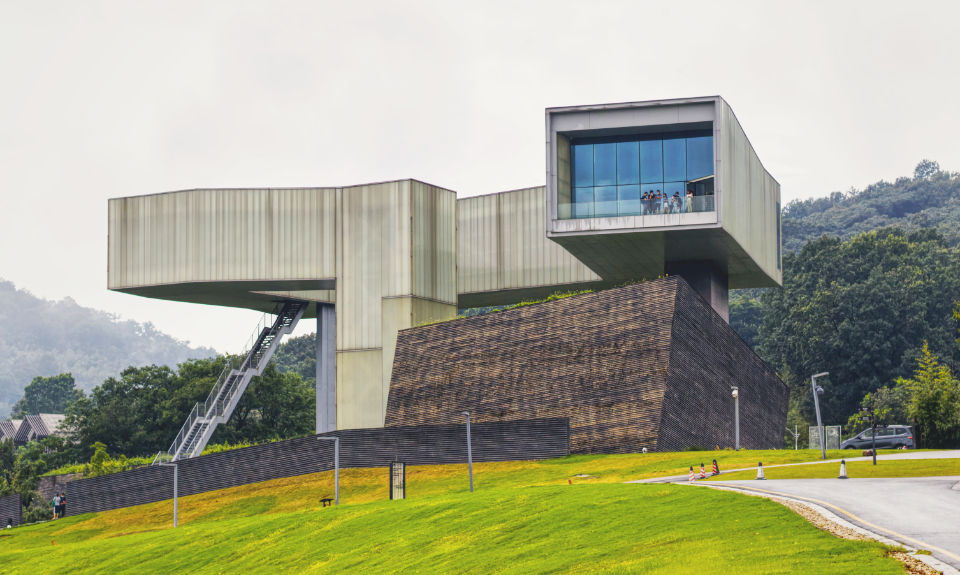
Sifang Art Museum
First up, one which we admit is hardly “lesser known”. But it certainly qualifies as unusual, for its architecture and location in equal measure. For the Sifang Art Museum resembles an airport jetway, the kind filled with colour-coordinated banking advertisements; discarded without consideration, like litter, right beside Laoshan National Park. Everyone has something to say about such juxtaposition.
The subtle parallels in Stephen Holl’s design may not be overtly obvious to us as visitors, but delving deeper into the design of the Sifang Art Museum proves to be a more rewarding pursuit than trying to make sense of the art on display therein. For example, the design of the Museum’s ground level attempts to recreate the parallel perspectives found in Chinese painting with a series of walls that conceal from the viewer any kind of distinct vanishing point.
The Sifang Art Museum is located at 9 Zhenqi Lu, near to the Zhenzhuquan Scenic Spot 珍七路9号珍珠泉公园附近. Open from 10:00 to 17:00. Reservation tel: 83610455.
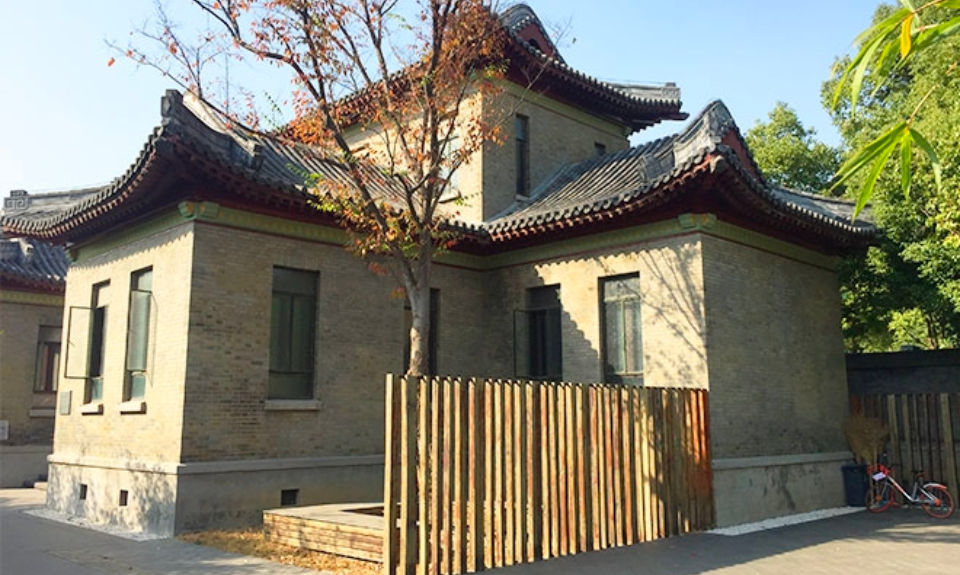
Nanjing Republican Era Map Museum
Easily mistaken for the hideaway of a lauded, but reclusive, poet; inside the former Dutch Embassy awaits a small but veritable treasure trove of maps from Nanjing’s Republican era. Adorning the walls, visitors to the exhibition are treated to nine maps of China and the Nanjing area in particular, varying by type and all published between 1926 and 1949.
Most striking, and given pride of place in its own vestibule, is the map of the proposed China railway system, hand drawn by Sun Yat-sen, and bearing an uncanny resemblance to today’s high speed train network. Then there is a Japanese military map charting their troops’ advance on Nanjing, plus another of Nanjing’s topology, in detail and by far the most advanced of its time.
The Nanjing Republican-era Map Museum is located at 8 Laocaishi, Gulou District 鼓楼区老菜市8号, not far from Shanxi Lu. Access is only granted after brute force has been applied to the unmarked steel gate, kept shut, we presume, to stop the museum cat from wandering onto the street (it’s sufficiently lethargic to not even contemplate other feline athleticism). Open Wednesday thru Saturday; 09:00-12:00 / 14:00-16:00. An English speaking guide is often available and can be reserved in advance via WeChat (helanguan2017).
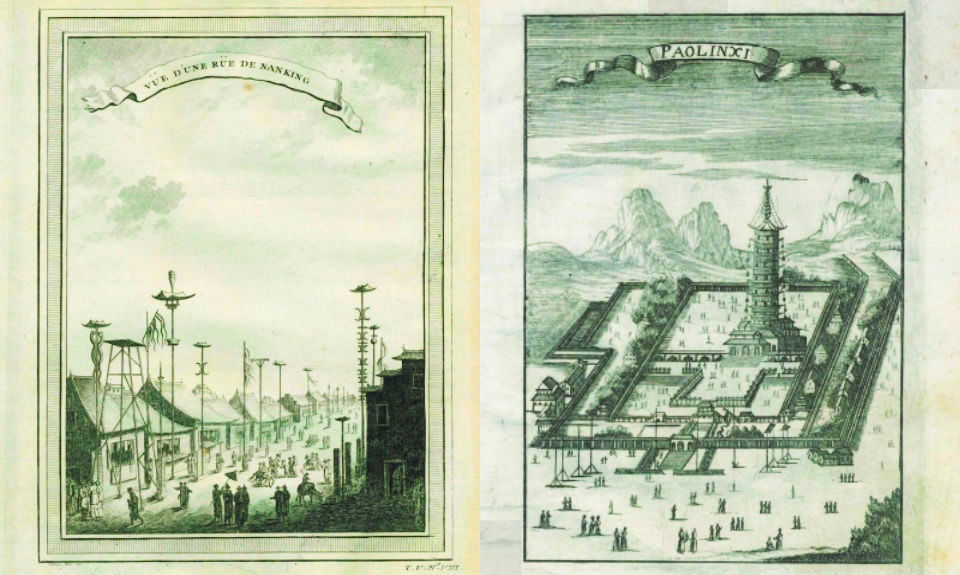
Jiangsu Provincial Chronicles Museum
Opened in 2010, the Jiangsu Provincial Chronicles Museum has a collection of nearly 100,000 volumes of miscellaneous records, yearbooks and other documents, many of precious historical value. With its profound cultural heritage, the Jiangsu Provincial Chronicles Museum is gradually becoming a new local touchstone for the dissemination of Jiangsu historical culture.
Among the exhibits, a batch of rare copper engravings of Nanjing scenes produced by foreigners in the 17th and 18th centuries (pictured). From these, it can be discerned the style of Nanjing in the eyes of Europeans at that time, who as it turned out, were shocked at the prosperity of the city.
The Jiangsu Provincial Chronicles Museum is located at 50 Mengdu Da Jie, Jianye District 建邺区梦都大街50号. Reservation tel: 86383565.
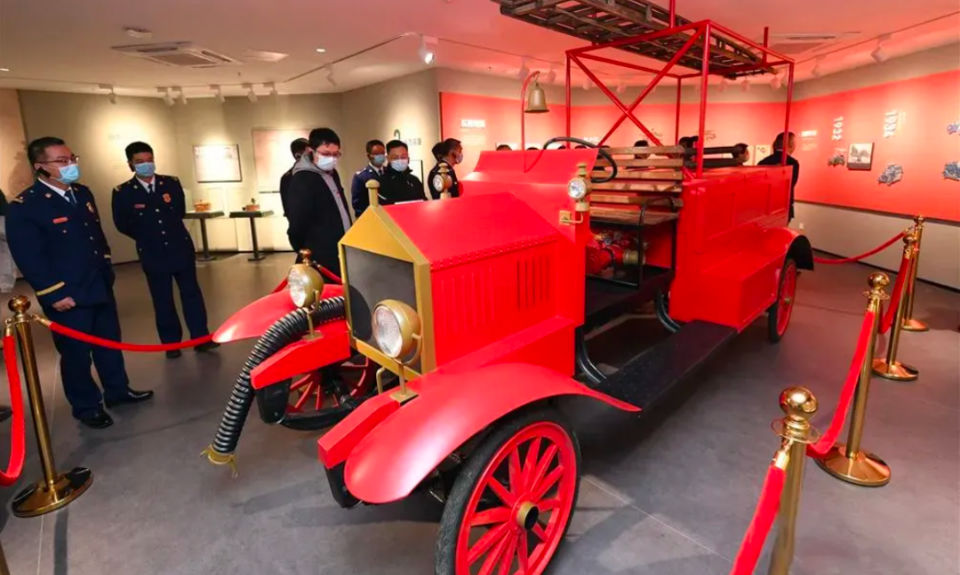
Nanjing Fire Museum
Inside the Nanjing fire rescue detachment off the Gulou roundabout, the Nanjing Fire Museum covers an area of nearly 2,000 square metres.
Over two floors are displayed more than 400 fire-fighting items dating back to the Ming and Qing Dynasties. Among them, star exhibit is undoubtedly the red fire engine, which was the first domestically-produced and remodelled fire engine in Nanjing.
The Nanjing Fire Museum is located at 1 Beijing Xi Lu, Gulou District 鼓楼区北京西路1号. Open all day on Tuesdays and Wednesdays, and Friday mornings only. Reservation tel: 83622173.
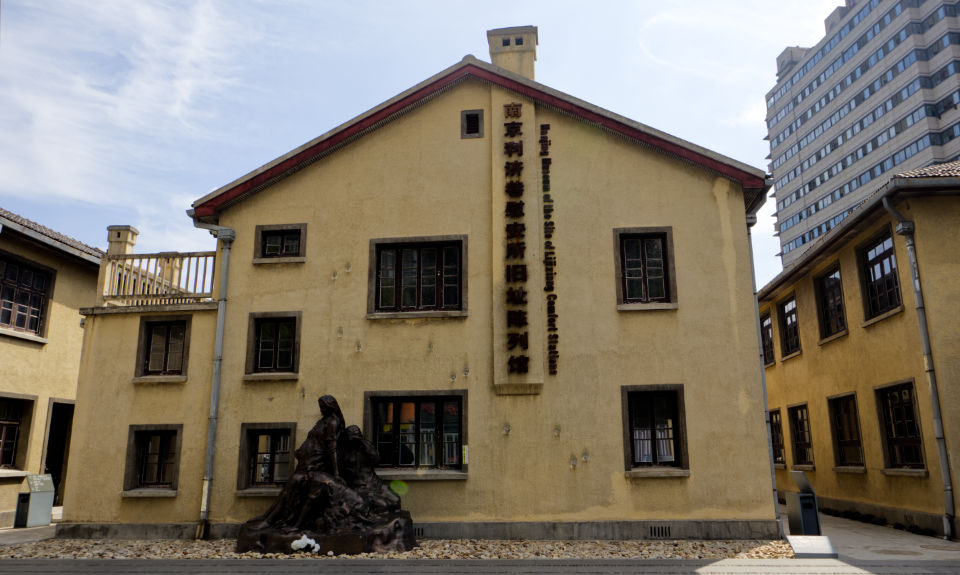
Nanjing Sex Slave Museum
The only museum this publication has encountered in China open to over 14s only. And no wonder. Also going by the (inexplicable) official name, Nanjing Museum of the Site of Lijixiang Comfort Stations, the Nanjing Sex Slave Museum sits on the site of the only sex slave centre which has been confirmed as such by living former sex slaves.
Situated in possibly the most densely-populated part of Nanjing that is Daxinggong only serves to heighten the tragedy. Spread over eight pale-yellow former dwellings and filled with a wealth of historical materials, the Museum vividly reminds of the abuse endured by Nanjing’s women at the hands of the Japanese army.
Just as over in the west of the city at the Nanjing Massacre Memorial, entrance is free to the Nanjing Sex Slave Museum, located at 2 Liji Lane, Xuanwu District 玄武区利济巷2号. Prior registration required via the Museum’s official WeChat (侵华日军南京大屠杀遇难同胞纪念馆). Over 14s only. Visitors should be neatly dressed. No photography permitted within. Note that many staircases in the Museum are very steep. Normally closed on Mondays except for statutory holidays, the Museum shall be open every day during the 2022 National Day holiday. Reservation tel: 58598353.
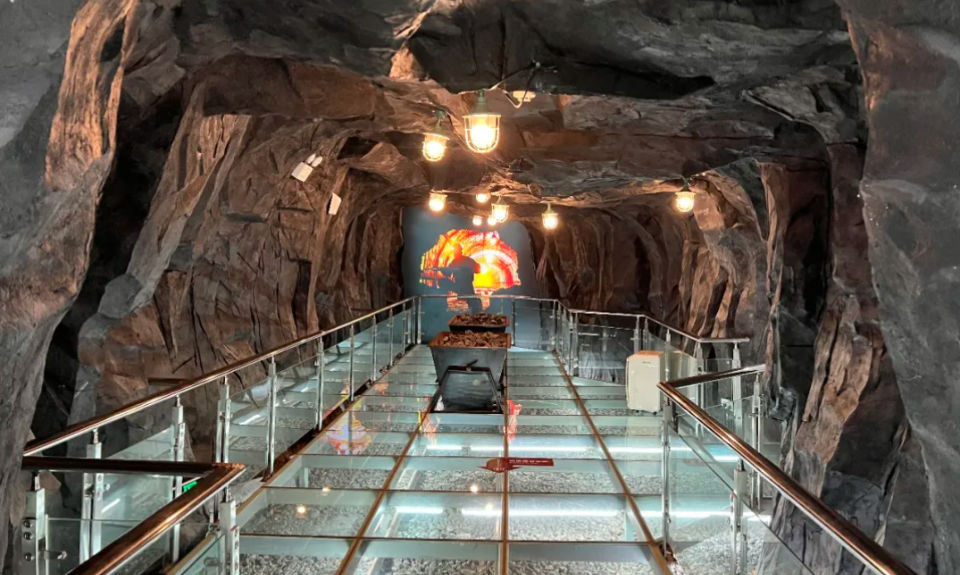
Nanjing Iron and Steel Museum
A bit out of the way on the northern bank of the Yangtze River a little west of Bagua Zhou, but nevertheless an ideal opportunity for the younger ones to learn how steel is made.
Therein, three floors of exhibition halls over 2,500 square metres trace 3,000 years of metallurgy history and 200 years of the local steel industry. Five themed exhibitions therein; “History of Metallurgy”, “Extraordinary Years”, “Forge Ahead”, “Transformation and Take Off” and “How Steel is Made”.
The Nanjing Iron and Steel Museum is located at 30 Xingfu Lu, Xiejaidian Sub District, Luhe District 六合区卸甲甸街道幸福路30号. Take Metro Line S8 to NUIST station, followed by bus 643 or 647 to Nangang Jituan. Reservation tel: 57072634.
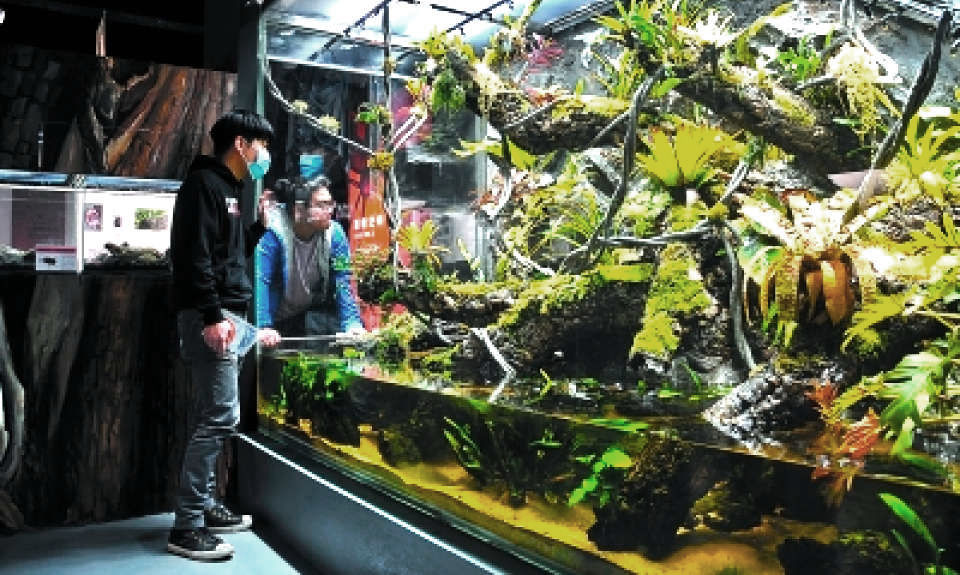
Nanjing Insect Museum
A perhaps-unexpected hit with the general public and another relatively-new addition to our city’s roster of museums, the Nanjing Insect Museum is our chance to learn all about the most venomous insect in the world, the Maricopa harvester ant. The deadly insect can kill a human with 350 stings; given that they would likely attack in a swarm, death would be quick.
Then there are the giant centipedes, killer caterpillars, blood-sucking tsetse flies and yes, killer bees with which to get (kind of) up close and personal.
Featuring seven different exhibition halls spread over an indoor area of 1,600 square metres, this is one of only two insect museums in all of China; the other is in Xi’an.
Nanjing Insect Museum is located at 26 Sifangcheng Xi Lu, Zhongshan Scenic Area, Xuanwu District 玄武区钟山风景区内四方城西路26号. Reservation tel: 52663633.
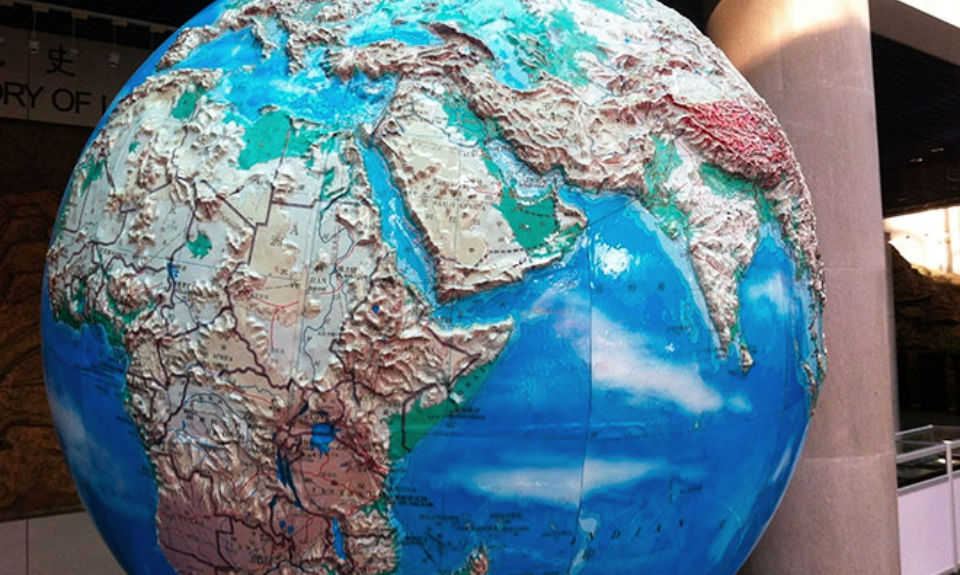
Nanjing Museum of Paleontology
Despite its address being on Beijing Dong Lu, the Nanjing Museum of Paleontology lies just down the road from Ji Ming Temple. An educational delight wherein one can learn not only about the fossil record in general, but also much of the geology of the area around Nanjing. Home to many fossils and yes, even full dinosaur skeletons!
The Museum is likely the best choice when looking for something to do on a weekend that doesn’t involve crowds. A recent and long-overdue makeover, opened on 1 January, 2021, made the Museum 100 percent bilingual.
The Nanjing Museum of Paleontology is located at 39 Beijing Dong Lu, Xuanwu District 玄武区北京东路39号. Open at weekends only. Last admissions at 16:00. Reservation tel: 83282255.
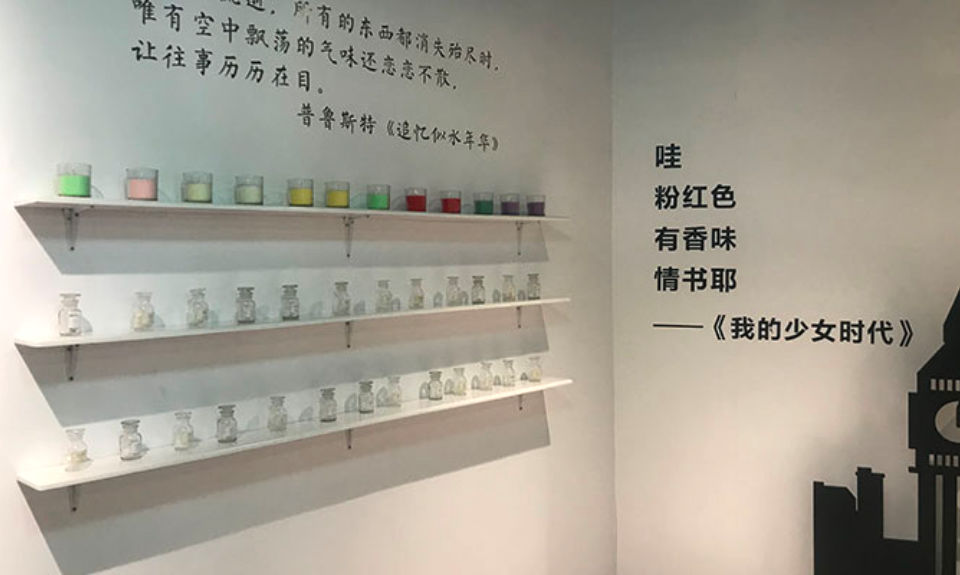
Nanjing Museum of Odor
If stink is your thing, this will surely help recall many long-forgotten memories. An exhibition split by theme; normal odors that exist in daily life, together with the more abstract, named after a city or even a piece of classical music.
Pick up any from an array of jars and bottles and have a whiff. “Baby Powder”, that from Johnson & Johnson, might remind of childhood-shower time. “Crayon” will surely bring back those younger school days and “Dust” those musty memories of visiting your grandparents, or great grandparents even.
The Nanjing Museum of Odor is located on 4F of the KIC Mall (Jin’ao Centre), 329 Jiangdong Zhong Lu, Jianye District 建邺区江东中路 329号金奥国际购物中心4楼. Reservation tel: 82055331.
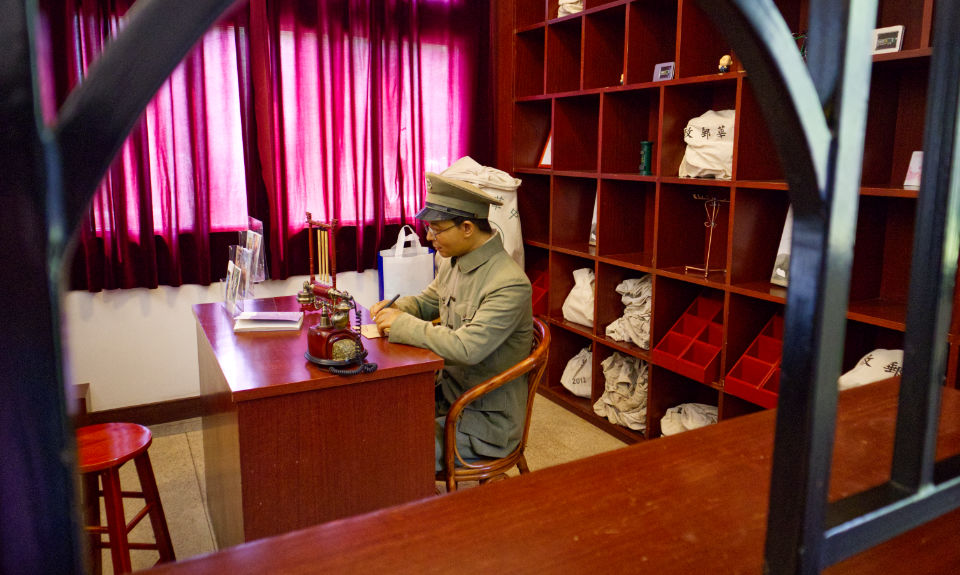
Post Museum of the Republic of China
Saving the most beautiful, and the smallest, for last, the Post Museum of the Republic of China makes for a most pleasant trip by taking a bike from outside Exit 2 of Zhonglingjie Metro Station and riding just a kilometre or so amidst Purple Mountain.
Back in the 1930s, this attractive part of Purple Mountain was the in place for officials, celebrities, and the rich and famous to build their villas. A whole community was formed, Lingyuan New Village, that was large enough to require its own post office.
Among the many famous individuals who popped in regularly to send their letters here was Song Mei-ling, wife of Chiang Kai-shek. Rebuilt in 1947 after the Japanese army burnt it down a decade earlier, it became the Post Museum in 2013.
Functioning today only as a museum, letters are from here no longer sent, but if you come with a postcard, you can have it stamped with the office’s postmark! Just as The Nanjinger did, only yesterday.
Entrance is free to the Post Museum of the Republic of China, located at 1 Youju Lu, Zhongshan Scenic Area, Xuanwu District 玄武区钟山风景区内玄武区邮局路1号, about 900 metres west of the Nanjing Institute of Physical Education. Open Wednesday thru Sunday; 9:30-11:30 / 13:00-16:00. No reservation necessary.


